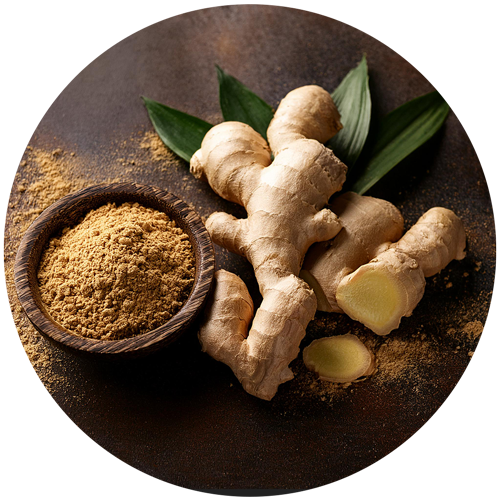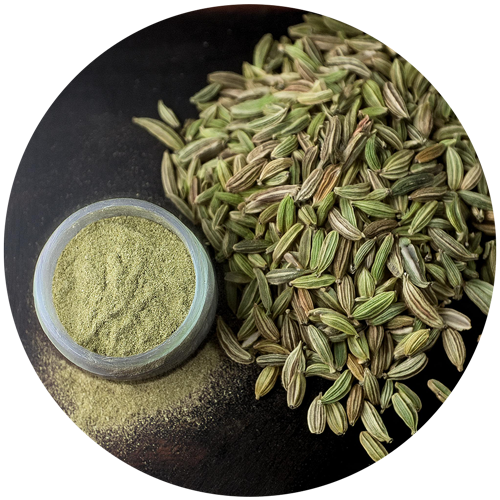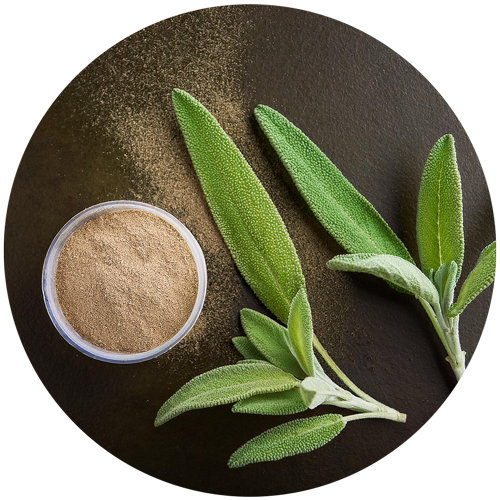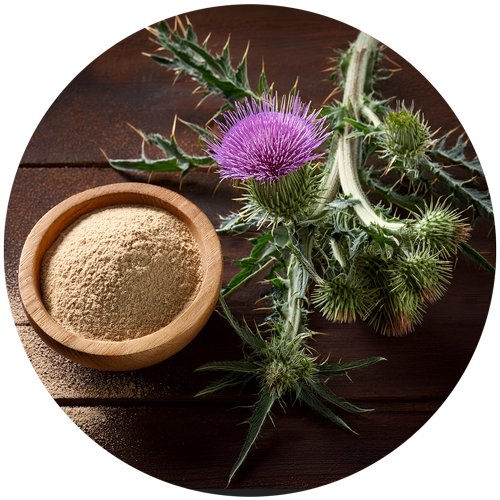

MILK THISTLE
 Blood glucose
Blood glucose  Liver function
Liver function  Digestion
Digestion  Antioxidant
Antioxidant The fruit of the milk thistle Silybum marianum comes from a biennial flowering plant of the Asteriaceae family native to Asia and Southern Europe. It contains mainly sylimarin, a powerful antioxidant traditionally used for liver health and certain digestive disorders. Read the detailed description
Our references
Regulations
and analysis
Identification : TLC
Data on traditional use
Cahier de l’agence du médicament (France):
- Used for digestion
EMA monograph: (fruit)
-
Used to relieve digestive disorders, feelings of fullness and indigestion, and to support liver function.
WHO monograph: (fruit)
- Used for indigestion
Canada monograph: (fruit)
-
Used to support liver function and help relieve digestive disorders
German monograph :
-
Used for digestive disorders (indigestion) (fruit)
-
Used to support liver and gallbladder function (plant)
Association ideas by health axis
Select one or more axes:
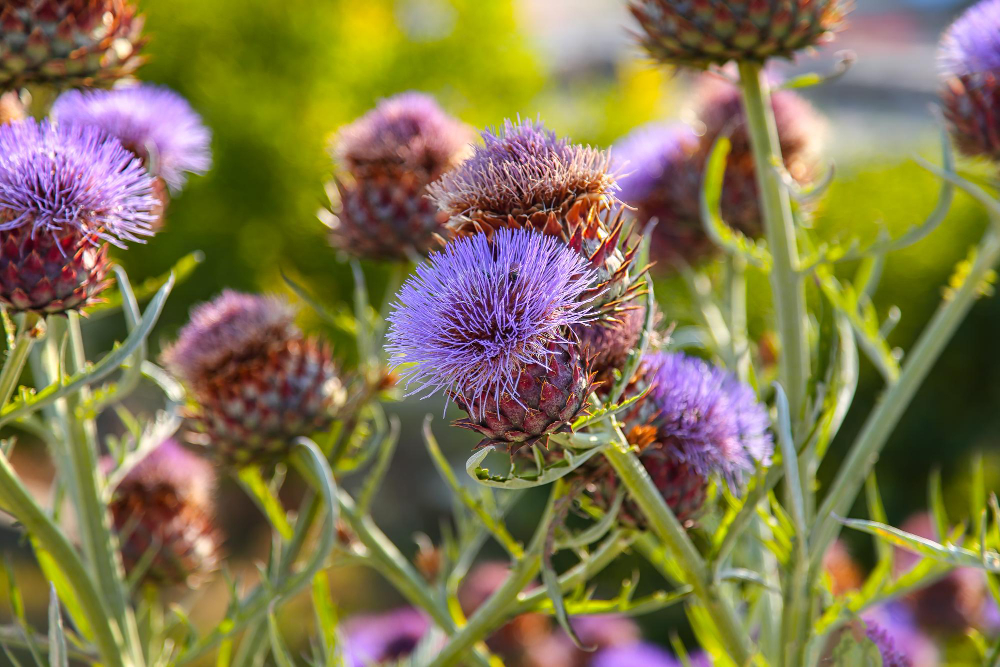
Detailed description
Milk thistle Silybum marianum is a biennial flowering plant of the Asteriaceae family native to Asia and southern Europe, but now found worldwide.
It has been used for thousands of years in traditional medicine for digestive disorders and liver and gallbladder health.
Milk thistle fruit contains mainly silymarin, composed of flavonolignans such as silybin, isosilybin, silychristin, isosilychristin and silydianin, as well as other flavonoids such as taxifolin, quercetin and apigenin. The most widespread and biologically active of these is silybin.




